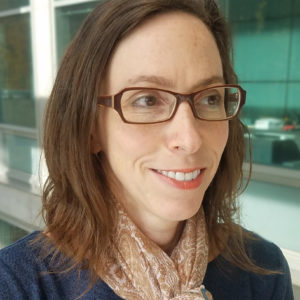If We Cannot Count Rare Disease Patients, They Will Not Count
The phenotypic, genetic, and environmental characteristics that define a given disease are established in different demographics, regions, contexts, and databases. Different knowledge sources model the attributes of a disease and their relationships differently. For example, one resource may include the variant-to-disease association, whereas another records only the phenotypic features and their onset associated with the disease. Further, patients are an often underrecognized source of disease knowledge. As our collective knowledge advances, there is also a philosophical debate about what constitutes a disease, and when to “lump” or “split.” Our analysis has revealed that prior estimates of the number of rare diseases, at ~7,000, dating back to the 1983 United States Orphan Drug Act, grossly underestimated the number by approximately 3,000 diseases. A rare disease harmonization initiative, Mondo, aims to reconcile rare disease knowledge globally. Patient-level characterization supports improved data sharing and disease definition. The end result is a suite of resources that can be used in diagnostic and discovery tools, where every patient will have an equal opportunity for a diagnosis no matter where they live.
Presented by:
Melissa Haendel, PhD

Chief Research Informatics Officer at University of Colorado Anschutz Medical School, and Director of the Center for Data to Health (CD2H)
View SlidesNavigate the Site
2025 GoldLab Symposium
Save the date!
Please join on May 15-16, 2025Presenters In The News
Contact Info










